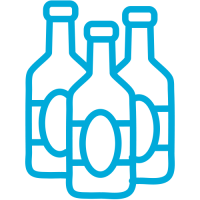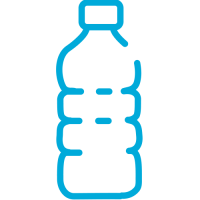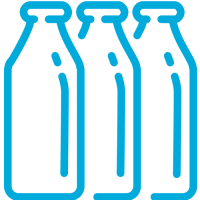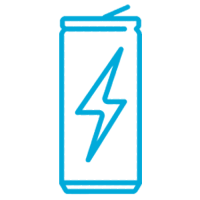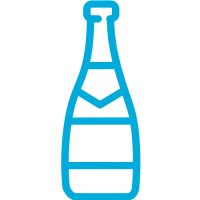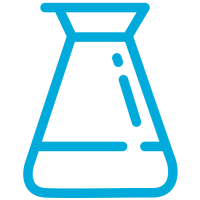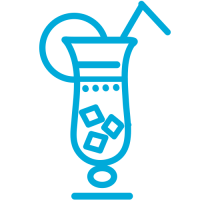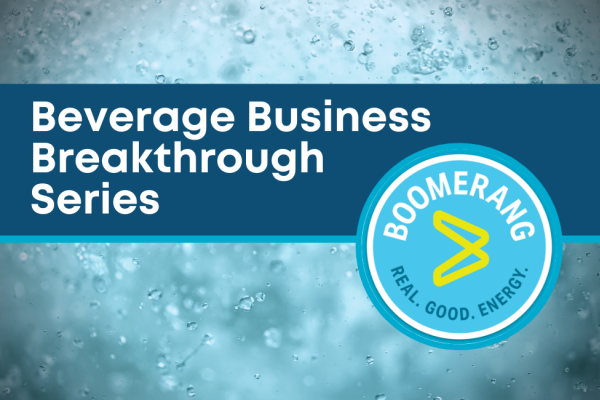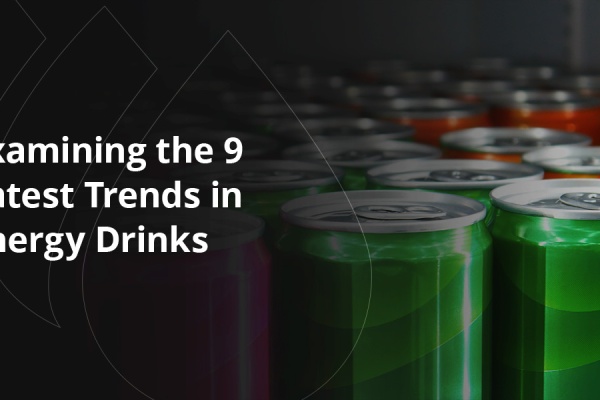Energy Drinks
Energy Drink Formulation and Development
What are energy drinks?
Energy drinks are beverages that contain some sort of stimulant, artificial or natural, in order to enhance mental and physical energy. They can be carbonated or noncarbonated, and are marketed in a wide array of flavors and varieties.
Popular stimulants used in energy drinks include:
- Caffeine
- B vitamins
- Sugar
- Taurine
- Creatine
The first prominent energy drink was released in 1929 to be used as a recovery drink in hospitals. It was rebranded as an energy drink and brought to the mass market in the early 1980s. In 1995, PepsiCo became the first major beverage brand to release its own energy drink, and in 2012, the word “energy drink” first appeared in Webster’s dictionary. Currently, Red Bull and Monster are two of the biggest names dominating the energy drink industry.
Energy drinks have seen amazing evolution. There are still traditional energy drinks, sold in cans or bottles similar to soft drinks, but we’ve also seen the introduction of tablets and powders that can be dissolved in water, as well as smaller, concentrated “energy shots”.

Healthy Energy Drink Development
With a consumer focus on more natural food and beverages, ingredients such as herbal extracts, guarana, yerba mate, acai, ginseng, and ginkgo biloba are also increasing in popularity. In addition, growth is expected with energy drinks that are lower in sugar, calories, and artificial coloring and flavoring as consumers focus more on health and function.
Energy Drink Manufacturing - Regulatory Challenges
While not as heavily regulated as alcohol or CBD beverages, energy drink manufacturers do face some challenges when it comes to regulation. Misuse of energy drinks can and has been fatal, and because of the potentially harmful effects of consuming energy drinks in excess, some countries and retailers have imposed age restriction guidelines for the purchase of energy drinks. The US, Canada, and several other countries also have restrictions on the amount of caffeine that can be included per serving in food and beverage.
In order to navigate this limitation, some energy drink manufacturers have shifted to the use of larger cans that contain multiple servings in order to bring a higher caffeine content per can to the consumer.
How to Develop an Energy Drink
Every energy drink starts with an idea. You may want to develop a beverage that helps people stay awake and alert when they're studying for a major exam or give them an extra boost when they have a big project due at work. Maybe your goal is to formulate a drink that gives athletes more energy when they're training.
The idea is just the start, though. You also need to figure out the technical details, including what goes into the beverage and how it's produced, where you'll find the ingredients and how you'll get your beverage into customers' hands. Since producing a consistent product is essential, you need to get everything right from the start for the best results.
That's where we come in. BevSource offers a holistic approach to energy drink development so you can optimize your formula and make the right choices for your business. We help you do the research and offer expert insight to avoid common challenges.
How BevSource Can Help You Formulate an Energy Drink
Your energy drink's formula impacts how successful it is. You need to develop a recipe that tastes good to customers and doesn't contain potentially harmful ingredients. Depending on the claims you want to make about your product, you must also be aware of the FDA's regulations and requirements.
Beyond that, you need to account for costs, messaging and packaging. We can guide you through the entire energy drink formulation process. Our beverage experts will help you create a cost-effective and competitive recipe to bring your vision to life.
Learn More Today
Tell us your idea, and we'll help you put the pieces together. We can recommend ingredients and connect you with the right suppliers, manufacturers and other parties. Contact us today to learn more and to bring your energy drink to market.
